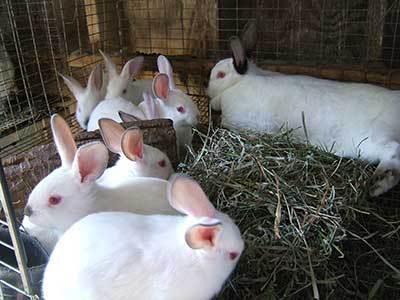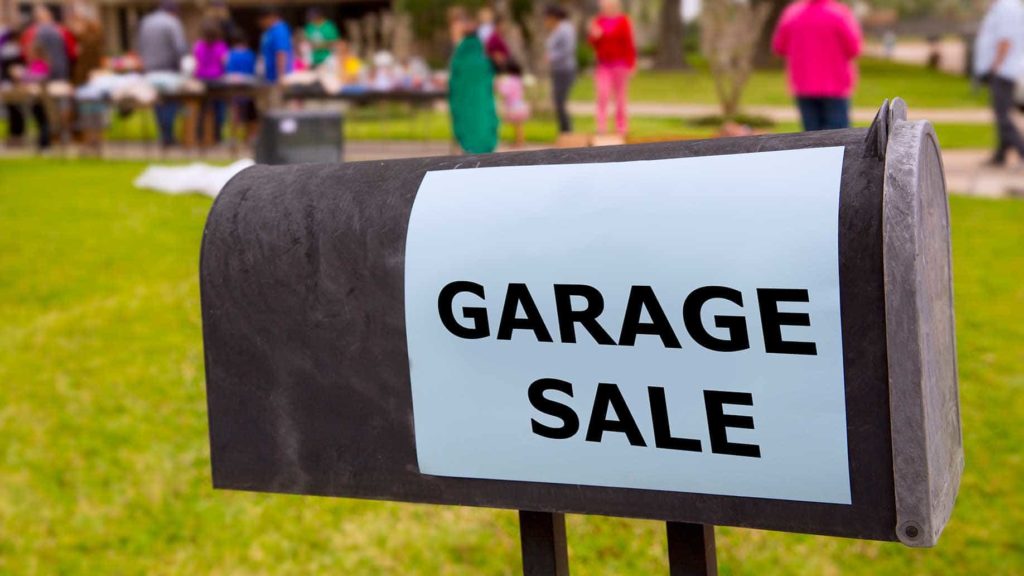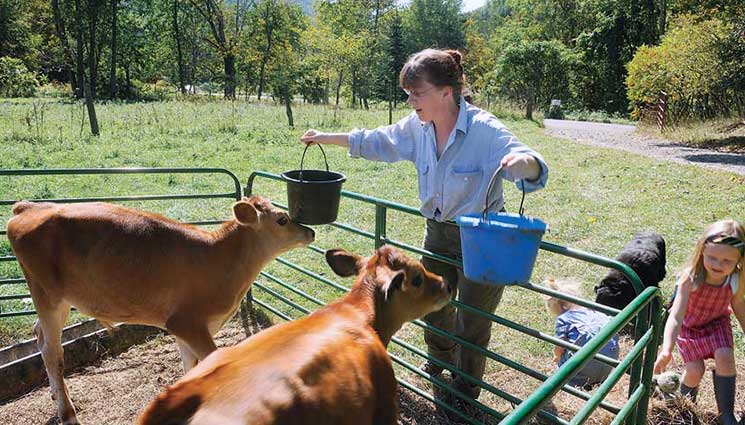How to Raise Rabbits
When it comes to self-sufficiency, replacing the grocery store seems to be the biggest hurdle for most preppers. Gardens are most commonly thought of because we as humans collectively seem to think, ‘how hard can it be’ to dig a hole and put a seed in it? Regardless of how prevalent gardening and farming are and have been in our culture, most people do not have a garden or expect maintaining one will be quick and easy.
The rude awakening comes the first year when the summer months cause weeds to grow like evil vines choking out everything that in the spring was nice and tidy. Bugs begin to eat all our tender vegetables and the idea of eating one more zucchini makes you sick. The first year of gardening can make you think that there is no way these tomatoes are worth all that effort. For us, if you consider the cost of time, materials and effort that went into our first garden I know the vegetables were about $10 a piece and many lessons were learned.
Having a garden that is growing and producing fresh food that your family eats is a tremendous benefit, but what about protein? Aquaponics is another growing hobby, but the initial setup can seem daunting and still requires an alternate power source. Sure, it would be nice if we all had a working farm with livestock but that simply isn’t going to happen. For one thing, most people don’t have the land or money but more importantly experience, to keep a farm going. There are ways that preppers can provide all the meat you would need to live on in a smaller and easier package. Enter the humble rabbit.
The interest in raising rabbits for meat is growing as preppers are constantly trying to find ways to feed their families in the event the local supermarket is out of commission. Once you have considered the prospect of having your own source of food, the question turns to how to raise rabbits and that is what I hope to discuss today. Raising rabbits gives you the benefit of fresh meat, but it is also healthier and devoid of the chemicals and hormones found in most grocery store meat. While you are feeding your family, they are also getting healthy food that has been raised by you so you know exactly what has been put into the food that makes it to your families table.
A lot of people know that rabbits are prolific breeders, but exactly how many rabbits would you need to feed your family? A single female has on average about 8 babies or kits per litter and rabbits have a gestational period of 28-31 days so it is feasible for your rabbit to have one litter per month but more likely a little less. If you start with three rabbits (2 females and one male) you could have well over a hundred rabbits in the first year.
Of course you would be eating these rabbits so the population would need to be controlled to support your family, but it is easy to produce enough meat so that your family could survive on a relatively small number of rabbits. You would just need to figure out how much meat you would want to produce and adjust your breeding accordingly. This gives you the ability to raise more meat though so it could be used to feed other people or barter.
Building a rabbit cage is simple.
What type of rabbits are the best
There are three breeds most commonly used as meat stock: the Californian, New Zealand, and Florida White. The American Chinchilla, Satin, Silver Fox, and Champagne d’Argent are also great choices. It is best to speak to a local provider as each breed has their own advantages. For breeders in your local area, you can check out RabbitBreeders.us who has a searchable rabbit breeder’s directory.
What do Rabbits eat?
There is commercial rabbit food, but primarily they need hay. You should have a hay rack in your rabbit cage and make sure it is full of hay. Some recommend using Alfalfa, which you can easily grow yourself right in your home. Making sure your hay is cut into manageable lengths will help the rabbits out as well as keeping their cage clean. Rabbits can also eat vegetable scraps and lawn trimmings but make sure you are watching what they eat to remove anything they turn up their noses at. Carrots are always a favorite, but monitor their intake of too many green vegetables as it can cause them to get bloat or diarrhea.
How do you make a rabbit cage?
There are many ways to prepare a home for your rabbits from buying new manufactured rabbit cages online or used rabbit cages for sale at yard sales, in the local paper or on Craigslist. The more industrious can also find free plans to build your own rabbit hutch all over the web. The basics of any rabbit cage should give them shelter from the heat, protection from predators and enough room to move around. You also want something easy to clean because everything that goes in the front of the rabbit has to come out the back. A close wire mesh floor will allow the manure to drop on through and not be trampled under their feet.
How do you kill a rabbit?
For most people I assume the act of having to kill and butcher your own meat is the biggest psychological hurdle to raising your own food. Some even have a complete disconnect with the fact that all the animals we eat have to be butchered and killed before they can make it to those shiny packages in the store. It is one thing to pluck a tomato off the vine, but quite another to chase a chicken down that you have been raising for eggs and wring its neck, let alone plucking it and the butchering process.
Are rabbits a food source you would consider for your home?
Other self-sufficiency and preparedness solutions recommended for you:
The vital self-sufficiency lessons our great grand-fathers left us
Knowledge to survive any medical crisis situation
Liberal’s hidden agenda: more than just your guns
Build yourself the only unlimited water source you’ll ever need
4 Important Forgotten Skills used by our Ancestors that can help you in any crisis
When it comes to self-sufficiency, replacing the grocery store seems to be the biggest hurdle for most preppers. Gardens are most commonly thought of because we as humans collectively seem






